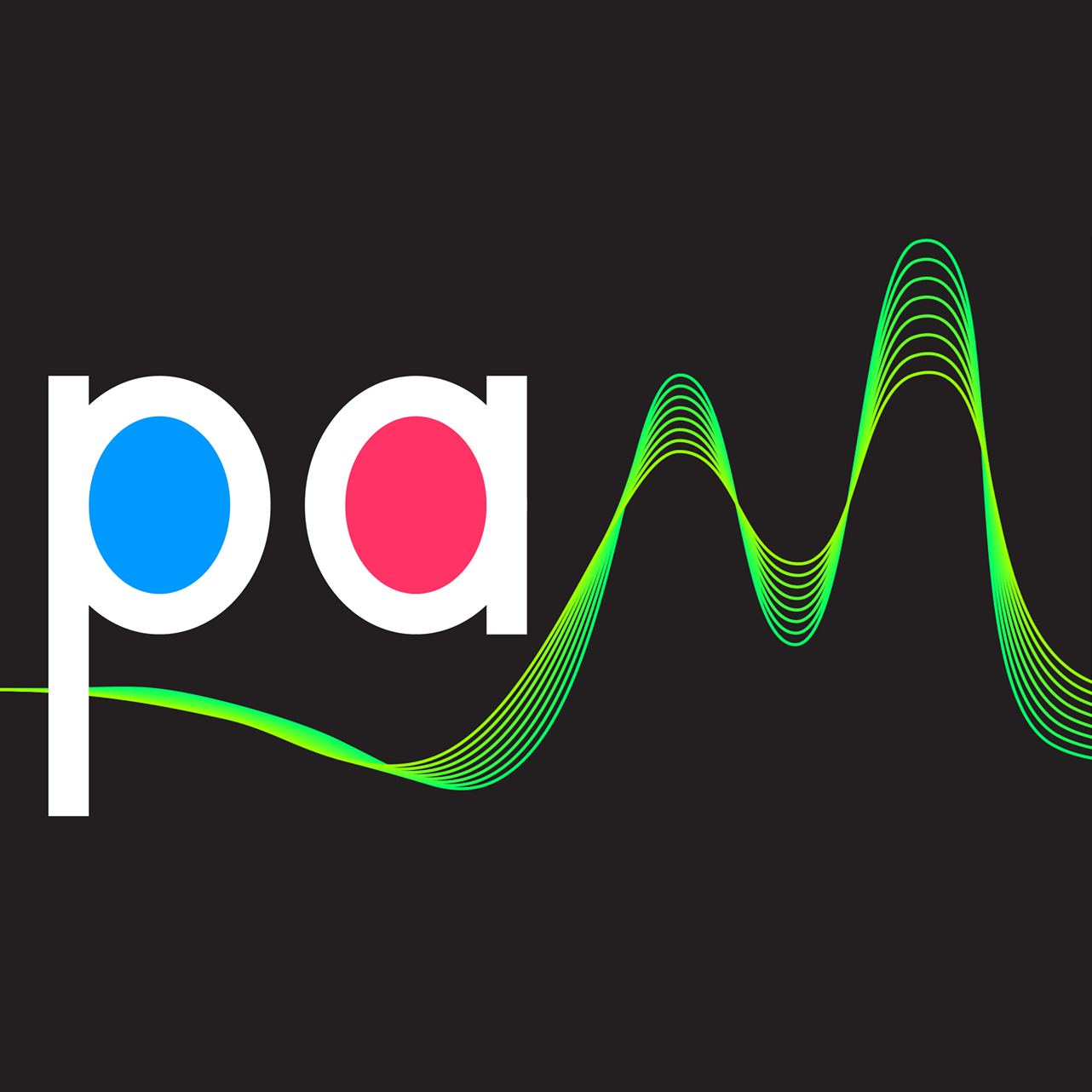On activation and suppression in the dual-route model of reading: bass the fish or bass the guitar?
Published in Proceedings of the Seoul International Conference on Linguistics, 2006
Are all meanings of a homograph accessed even when only one is appropriate in context? Priming data collected in this study suggest that contextually inappropriate homographs are not activated, consistent with models of reading in which phonology mediates between orthography and semantics, although they do not rule out a dual-route model. It may be that a phonologically mediated route from orthography to semantics constitutes a primary path, and that a secondary route connecting orthography to semantics directly is used to strengthen particular activation pathways or to activate entries outright when the phonologically mediated route is compromised. Future research should thus examine the priming patterns of these different homonym categories at shorter and longer stimulus-onset asynchronies to put together a more complete picture of the time course of activation and suppression in reading.
Recommended citation: Chang, C. B. (2006). On activation and suppression in the dual-route model of reading: bass the fish or bass the guitar? In Proceedings of SICOL 2006: The Seoul International Conference on Linguistics (pp. 521–530). Seoul, South Korea: Linguistic Society of Korea.
Download Paper
